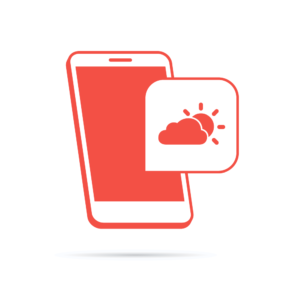Thinking about leveraging your development skills to start your own Internet-based business? Developed a killer app and aiming to launch a killer company around it?
There’s a right and a wrong way to do it. No matter how revolutionary your idea, taking an all-or-nothing approach will deplete your energy, time and financial resources before your startup is even off the ground.
Launching smart starts with paring down your idea to its essential elements. What’s at the heart of your idea? What single, unsolved problem will your product address? And how is it different than apps that are already out there?
Once you’ve arrived at the core of your idea, you’ll have arrived at what is ultimately your most valuable asset as an Internet businessperson – your minimum viable product, or MVP.
MVP Defined
MVP as a development strategy is a way of building web-based businesses while investing as little effort, risk and money as possible up front. Your MVP is what makes your idea one of a kind – the very essence of what your business will be. Consider, for instance:
- Instagram allows users to share beautifully enhanced photos with friends
- Groupon offers daily discounts for local products and services
- Amazon is a one-stop shop for online purchasing
While these sites have evolved over time, each began as a single, unique concept. As they’ve grown, their users have helped to define them in ways their original developers may not ever have imagined.
Why It Works
Have you worked for a startup? If so, you’re probably well aware that entrepreneurs nearly always underestimate the resources – financial and otherwise – it will take to get their ideas off the ground. If you’ve built apps from scratch for your clients, you also know that any web-based business will be in a perpetual state of growth and change. As users interact with a new product, their feedback and actual usage patterns will determine how the app will be fixed or enhanced.
Because you can’t predict how users will interact with your app, the best strategy for your first release is to start with a very limited set of features. This will not only allow you to conserve your resources for future releases, it will also allow you to plan those releases based on real usage data, not assumptions.
It’s not just a matter of starting small to reduce risk. It’s about thinking clearly, focusing on your most positive assets and being able to assess clearly as your project – and your product – is developed and honed.
Furthermore, a site that does one thing really well is of infinitely greater interest to potential users than a site that does lots of things poorly. Because it solves a very specific problem, a single great idea will be far easier and more cost-effective to market. And because you’ll have saved time and money on the front end, you’ll be able to make your app even more appealing over time.
The Bottom Line
Launching smart and lean requires homework and soul-searching. Before you start development, take the time to home in on what makes your app special. Again: What one problem does it solve? How is it better than what’s already on the market? Until you’ve clearly and convincingly answered these questions, you haven’t identified your MVP and you don’t yet have a solid foundation for moving forward.
Without your MVP, you’re not ready to build.
Arriving at your MVP before investing a single hour in development will ensure that you’re building something necessary, useful and unique, the factors that ultimately determine whether or not your business is profitable.
Kelly Drill is a writer, editor and marketing manager for Dolphin Micro, Inc. in Louisville, Colorado. Her time tracking tool of choice is Hours Tracking.




